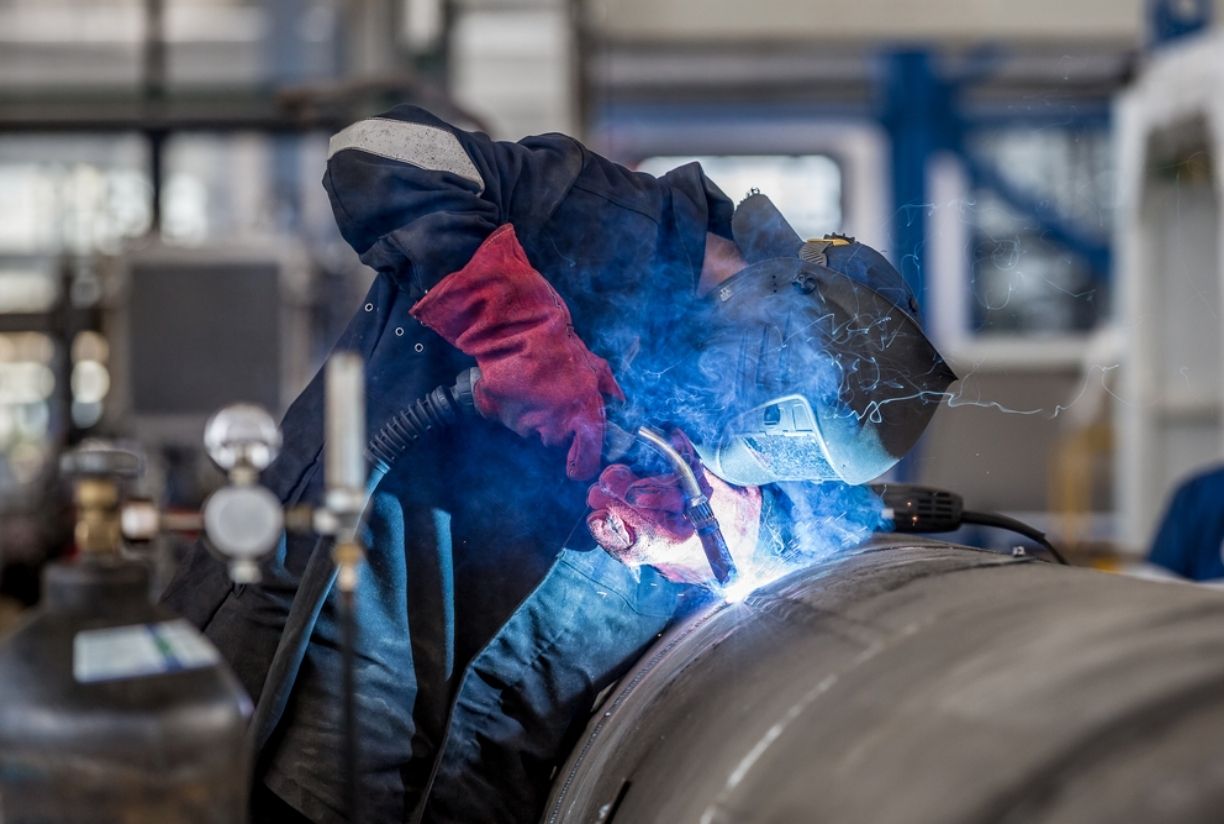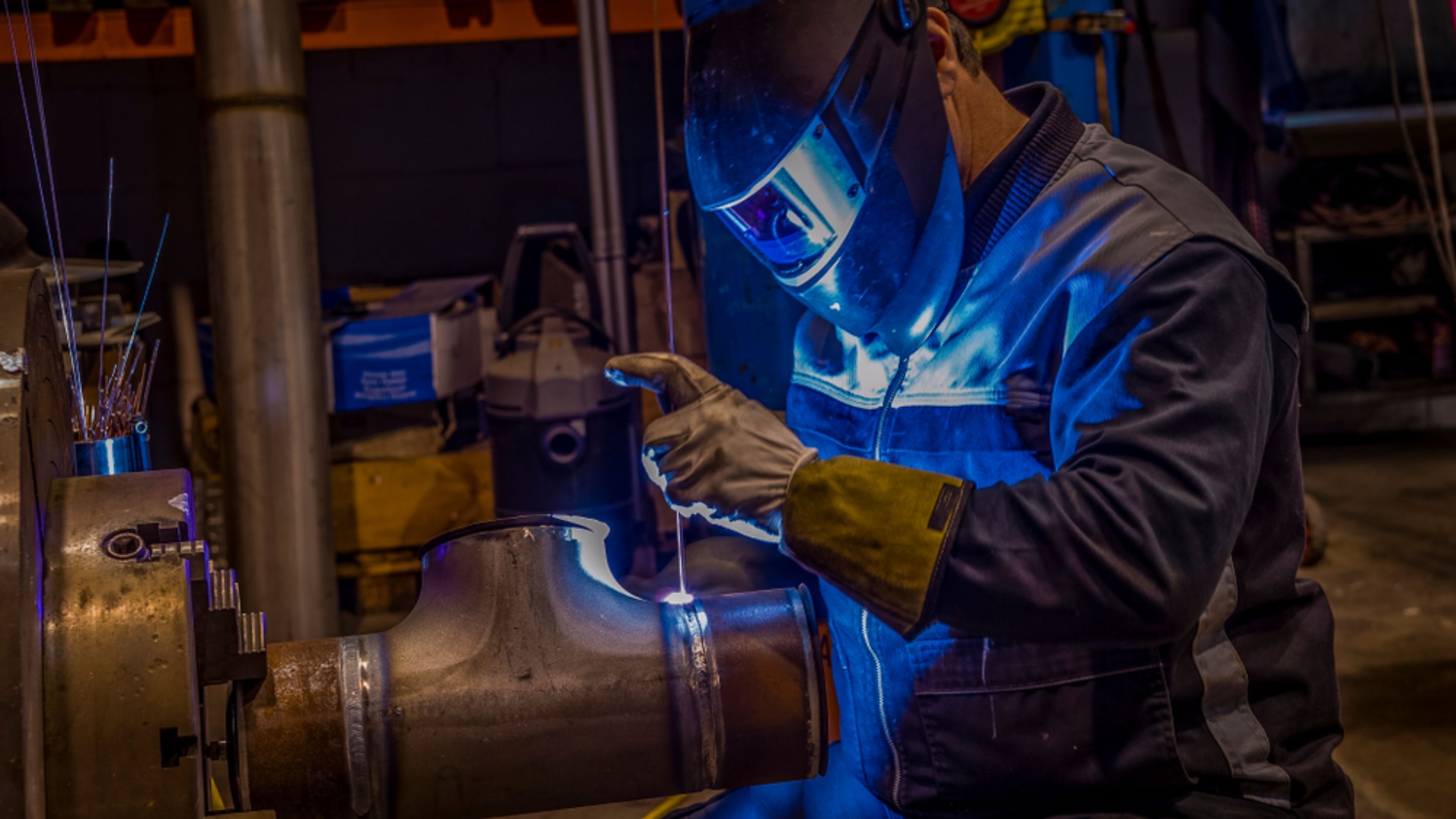Quality Assurance in Orbital Welding: Testing and Documentation Guide
- Blog
- Quality Assurance in Orbital Welding: Testing and Documentation Guide
Quality Assurance in Orbital Welding: Testing and Documentation Guide
Contents
- Quality Assurance in Orbital Welding: Testing and Documentation Guide
- Proper Testing Methods and Documentation Processes in Orbital Welding Applications
- Ensuring Quality: Testing and Record-Keeping Standards in Orbital Welding
- Error Prevention and Quality Control KPIs in Orbital Welding: Step-by-Step Guide
- Orbital Welding Tests: Common Mistakes and Correct Documentation Practices
- 2025 Trends and Best Practices in Orbital Welding Quality Assurance
Quality Assurance in Orbital Welding: Testing and Documentation Guide
In industrial production, orbital welding is a critical method to ensure precise and repeatable joints. SS Proje thoroughly examines the testing and documentation procedures implemented to guarantee quality in this process. Weld quality should be verified not only during production but also through subsequent testing.
Testing processes begin with visual inspection, where weld seam uniformity, gaps, and cracks are identified. In addition to visual checks, SS Proje recommends non-destructive testing (NDT). Ultrasonic, radiographic, and penetrant tests reveal the internal structure and integrity of the welds.
Documentation is an integral part of the quality assurance process. SS Proje emphasizes recording each welding operation and reporting test results in detail. Welding procedures and test reports serve as references during production and customer audits, making the process fully transparent and traceable.
SS Proje also highlights the importance of process optimization and continuous improvement cycles in the quality assurance workflow. Every test and documentation step contributes to early detection of potential defects and improves process efficiency. This approach ensures reliability and long-lasting performance in orbital welding operations.
The methodologies implemented under SS Proje guidance maximize quality and safety in industrial production while standardizing production processes.
Proper Testing Methods and Documentation Processes in Orbital Welding Applications
In industrial production, orbital welding applications play a critical role in ensuring high precision and reliable joints. SS Proje emphasizes the correct application of testing methods and the thorough execution of documentation processes. Weld quality must be guaranteed not only during welding but also through testing and recording phases.
Testing typically begins with visual inspection, checking for cracks, gaps, or irregularities in weld seams. SS Proje recommends supplementing visual checks with non-destructive testing (NDT). Ultrasonic, radiographic, and penetrant tests reveal the internal structure and integrity of welds, enabling early defect detection.
Documentation is an essential part of quality assurance. SS Proje ensures that every weld and test is meticulously recorded. Welding procedures, test reports, and process records guarantee transparency and traceability in production. These records are vital for internal audits and customer approval processes.
SS Proje also emphasizes process optimization and continuous improvement. Each testing and documentation step enhances production efficiency and maximizes reliability in orbital welding applications. This methodological approach maintains high-quality standards in industrial production.
With proper testing methods and complete documentation processes, SS Proje ensures weld quality, supporting continuity and performance in production.
Ensuring Quality: Testing and Record-Keeping Standards in Orbital Welding
In industrial production, ensuring quality in orbital welding applications requires not only the correct equipment but also meticulous testing and record-keeping. SS Proje implements comprehensive standards and procedures to secure weld quality.
The initial step involves visual inspection to detect visible cracks, gaps, or irregularities in weld seams. SS Proje then uses non-destructive testing (NDT) to assess seam integrity and durability. Ultrasonic, radiographic, and penetrant tests allow early detection of defects, enhancing safety during production.
Documentation processes form the backbone of quality management. SS Proje requires detailed recording of test reports, welding procedures, and process records. Systematic archiving ensures transparency and traceability in production processes, critical for both internal audits and customer validations.
SS Proje prioritizes continuous improvement within the quality assurance cycle. Every testing and record-keeping step maintains consistency in orbital welding applications and minimizes potential defects. This approach preserves high weld quality standards in industrial production.
Through proper testing and comprehensive record-keeping standards, SS Proje maximizes safety, performance, and reliability in orbital welding operations.
Error Prevention and Quality Control KPIs in Orbital Welding: Step-by-Step Guide
Error prevention and quality control in orbital welding processes are crucial for improving production efficiency and reducing costs. SS Proje applies a KPI (Key Performance Indicator)-based approach to ensure safety and quality.
First, the weld seam accuracy KPI is monitored. These indicators measure whether the weld meets planned tolerances, enabling early defect detection. SS Proje supports this with visual inspection and non-destructive testing (NDT).
Second, defect rate and rework rate KPIs are tracked. These metrics reveal critical production issues and improvement opportunities. Continuous monitoring minimizes errors and enhances quality.
Third, the process compliance KPI is evaluated. Each weld is compared against defined standard procedures and quality criteria, ensuring consistency and preventing deviations.
SS Proje ensures systematic tracking and reporting of all KPIs. Quality control reports and weld records are critical for internal audits and customer validation. This methodology supports continuous improvement and a culture of error prevention.
By using the right KPIs, orbital welding processes achieve reliable, consistent, and high-quality production results with SS Proje.
Orbital Welding Tests: Common Mistakes and Correct Documentation Practices
In industrial production, orbital welding tests are crucial for ensuring product quality and minimizing production defects. SS Proje enhances process effectiveness with correct testing practices and complete documentation.
A common mistake is insufficient test coverage. Some manufacturers only perform visual inspection, overlooking critical defects. SS Proje ensures comprehensive verification through non-destructive testing (NDT) for early detection of potential production errors.
Another mistake is incomplete or incorrect record-keeping. Failure to properly document test results and processes can cause major issues in quality control and audits. SS Proje maintains all weld test reports and documentation records in accordance with standard procedures.
Additionally, process non-compliance is a common cause of welding defects. SS Proje continuously monitors whether each weld meets quality standards and procedures, ensuring consistency and reliability in production.
Correct testing practices and documentation management with SS Proje make welding processes transparent and reliable, minimizing defects and maximizing production quality.
2025 Trends and Best Practices in Orbital Welding Quality Assurance
In industrial production, orbital welding processes are increasingly critical for applications requiring high precision and quality. As of 2025, SS Proje adopts modern trends and best practices in welding quality assurance, creating a competitive advantage.
One prominent trend is automated and sensor-supported testing systems, which detect weld defects instantly and minimize production disruptions. SS Proje ensures reliability of all welds through non-destructive testing (NDT), reducing the risk of defective production.
Another key practice is process standardization and record-keeping procedures. SS Proje ensures each weld aligns with defined quality standards, enhancing transparency during audits and providing reliable data to guarantee quality.
2025 trends also highlight data analytics and KPI-driven evaluation. SS Proje monitors critical quality indicators to track weld performance and support continuous improvement, enhancing consistency and cost-effectiveness.
Current trends and SS Proje’s best practices shape the future of orbital welding quality assurance, ensuring high precision, reliability, and efficiency in production.



